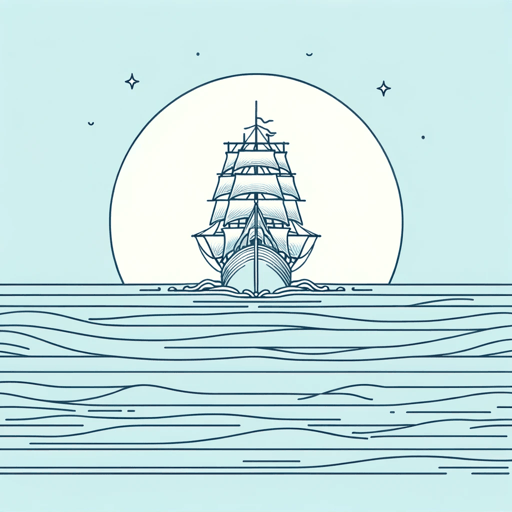18 pages • 36 minutes read
Emily DickinsonWild Nights Wild Nights
Fiction | Poem | Adult | Published in 1891A modern alternative to SparkNotes and CliffsNotes, SuperSummary offers high-quality Study Guides with detailed chapter summaries and analysis of major themes, characters, and more.
Literary Devices
Form and Meter
The poem looks organized, with the lines arranged in three quatrains (stanzas of four lines), and the tidy appearance contrasts with the intense tone to create a captivating tension. Dickinson reinforces the frenetic feeling by forgoing a predictable meter. The reader can read Line 1 as a spondee, pronouncing “Wild” as one syllable and stressing “Wild” and “nights.” Conversely, the reader can see Line 1 as iambic trimeter, not stressing the “wi” in “wild,” stressing the “ld,” and not stressing “nights.” The iambic trimeter adds to the tension, as the unstressed “nights” contrasts with the emphatic exclamation mark. Like the speaker and addressee’s relationship, the meter is an adventure with many possibilities.
Similar to the meter, the rhyme scheme follows no pattern: In Stanza 1, Lines 2, 3, and 4, with the final words of each line ending on an “e” sound. In Stanza 2, Lines 6, 7, and 8, rhyme—though the rhymes qualify as slant rhymes, requiring nonstandard pronunciations of “port,” “Compass,” and “Chart.” In Stanza 3, Dickinson returns to the “e” rhyme, pairing “Sea” (Line 10) with “thee” (Line 12), and creating a possible slant rhyme with “Eden” (Line 9).
Related Titles
By Emily Dickinson

A Bird, came down the Walk
Emily Dickinson

A Clock stopped—
Emily Dickinson

A narrow Fellow in the Grass (1096)
Emily Dickinson

Because I Could Not Stop for Death
Emily Dickinson

"Faith" is a fine invention
Emily Dickinson

Fame Is a Fickle Food (1702)
Emily Dickinson

Hope is a strange invention
Emily Dickinson

"Hope" Is the Thing with Feathers
Emily Dickinson

I Can Wade Grief
Emily Dickinson

I Felt a Cleaving in my Mind
Emily Dickinson

I Felt a Funeral, in My Brain
Emily Dickinson

If I Can Stop One Heart from Breaking
Emily Dickinson

If I should die
Emily Dickinson

If you were coming in the fall
Emily Dickinson

I heard a Fly buzz — when I died
Emily Dickinson

I'm Nobody! Who Are You?
Emily Dickinson

Much Madness is divinest Sense—
Emily Dickinson

Success Is Counted Sweetest
Emily Dickinson

Tell all the truth but tell it slant
Emily Dickinson

The Only News I Know
Emily Dickinson

